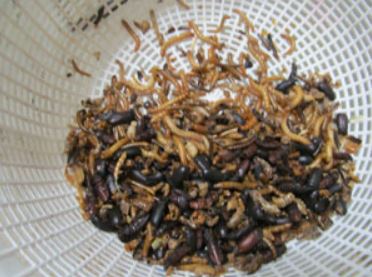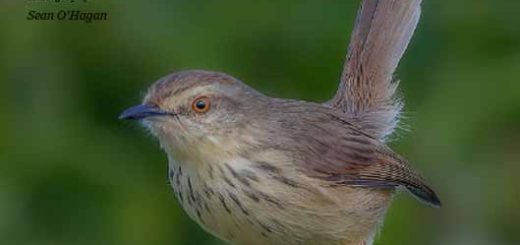Parrot incubation and hatching: Cockatoo, Parakeet, Lorikeet
Parrot incubation and hatching: In the later stages of the breeding season in parrots, the hatching success of the eggs is usually higher than earlier in the season. By this time the keeper has had the opportunity to change factors to improve egg viability. The problems associated with egg laying, incubation and hatching are manifold and in parrots breeding this is always a delicate process, with different phases requiring our attention.
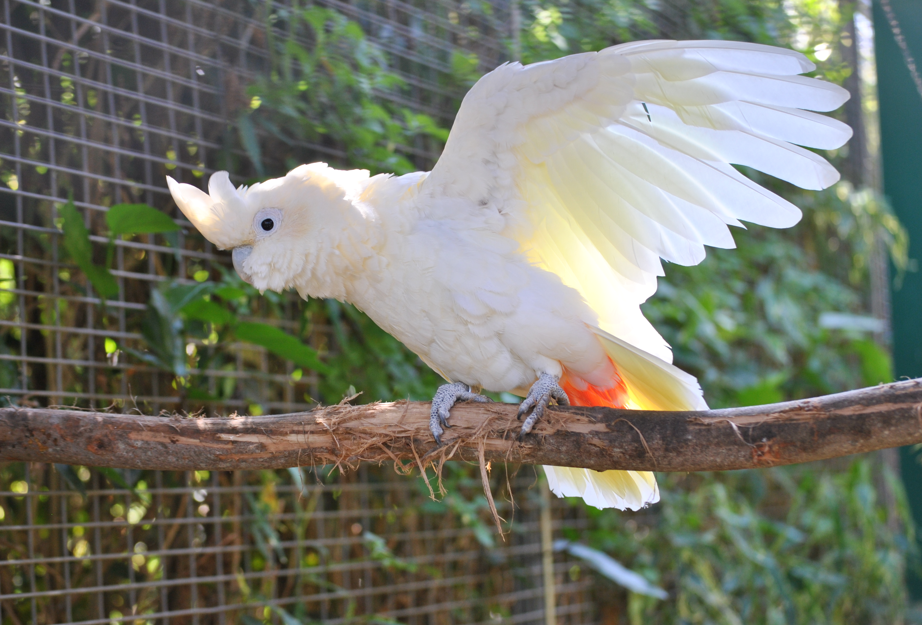
A young pair often fails in its first attempts at breeding. The first years of every pair are full of disappointments because they are in a phase of gaining experience. This is true for most pairs, especially if they are in their first year of breeding and the partners are of the same age. It also happens in nature, young pairs also have infertile eggs, or do not raise their chicks well due to lack of development of some skills that are achieved over the years.
Parrot incubation and hatching: Feeding
Males must be good consorts, providing food for the female inside the nest and defending the territory or warding off predators. Mature females are more stable within the nest, moving and aerating the eggs correctly according to their instinct. They can also become fierce defenders of their offspring, but this is usually linked to the maturity and accumulated experience of each individual bird.
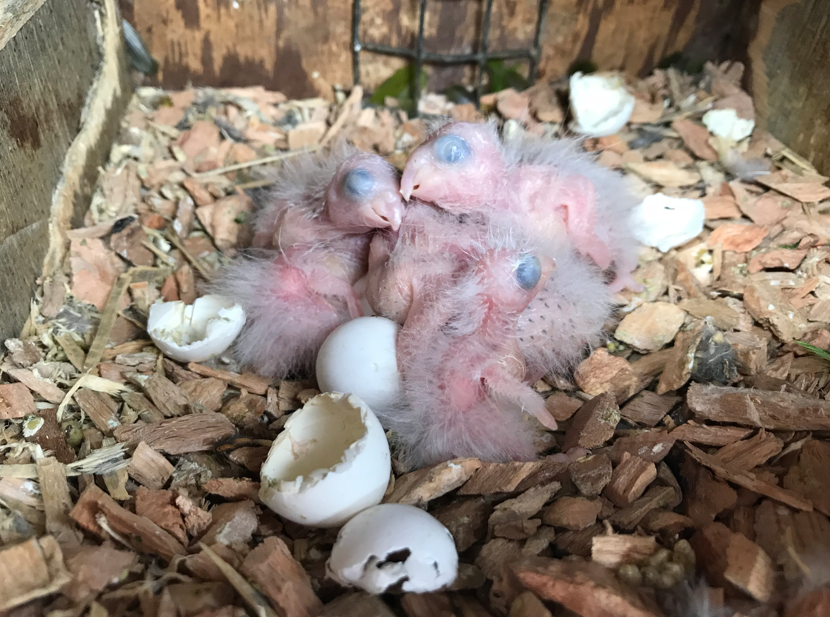
The supply of food resources, temperature, humidity, close competition with other parrots of the same or similar species, all influence the success of a brood. This is why parrots live for so many years, and in the longest-lived, larger species, the number of offspring per clutch is usually no more than two chicks. These parrots mature with more years of age, and devote all their resources to a few chicks with the reward of having longer lives that allow them to accumulate knowledge of the space they inhabit. They must control that space perfectly to overcome the challenges of survival and reproduction.
Parrot incubation and hatching techniques
Under human care, nowadays we have techniques and tools that can increase hatching success. If the pair does not hatch, because the female is too young, we can make use of brood mistresses or artificial incubation. If the eggs have problems hatching or the parents spoil the eggs before hatching, there are techniques to assist in hatching. If they are not able to feed the offspring correctly, we can supplement the chicks with food, in the nest itself, to help the parents, or we can look after them in incubators and accompany them until they become independent thanks to hand-rearing and increasingly advanced formulas for the growth of the different types of parrot.
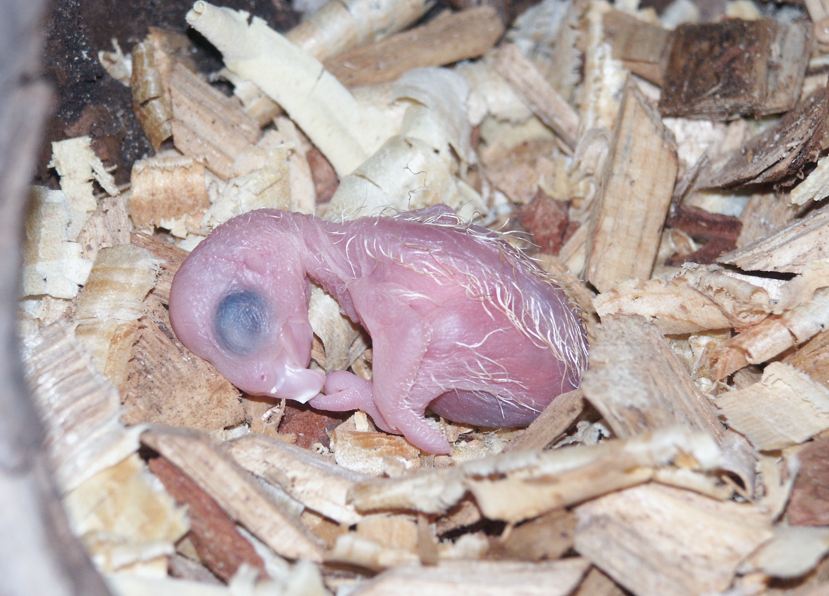
The improvement in the application of existing techniques and the use of technology from Loro Parque Fundación, have also been put at the service of field projects for the conservation of endangered species around the world. A development that comes from accredited zoological centres and the wide world of domestic and professional aviculture, as an effective solution for the knowledgeable management of species in their habitat or in situations of shelter, seizure or rescue.
Conclusion
This year at the LPF’s breeding center, we have noticed, throughout this breeding season, an increase in the results of the breeding pairs. Especially those that are maturing and were couples formed a few years ago. They are now able to produce their own offspring with an impressive quality of plumage. This allows us to have high quality and healthy birds. With this vigor, we guarantee that in the following years we can expect better results from these animals, which are able to become independent faster and are ready to complete their life cycle sooner.
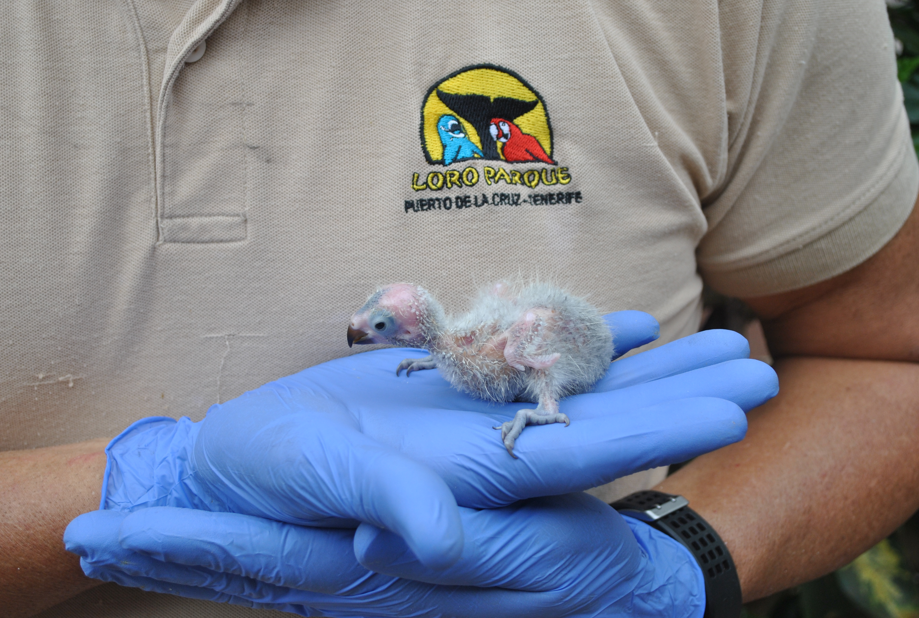
Problem displaying Facebook posts. Backup cache in use.
Click to show error

